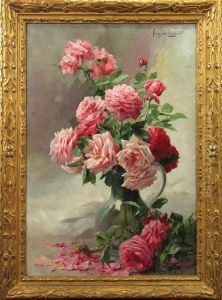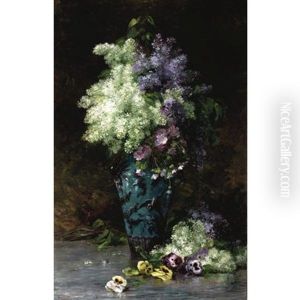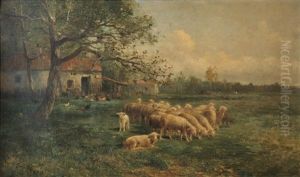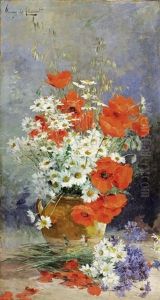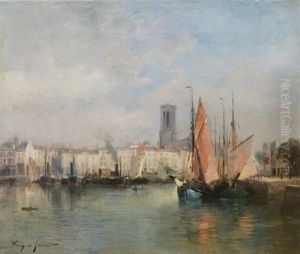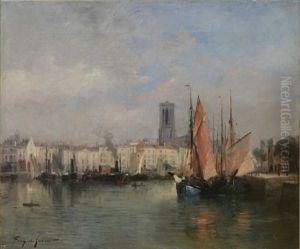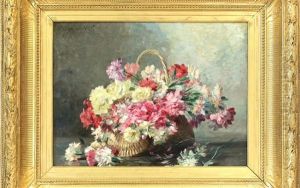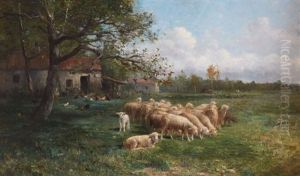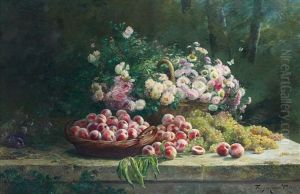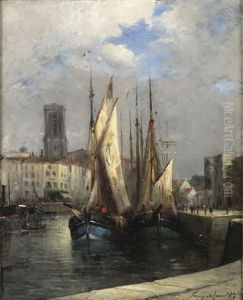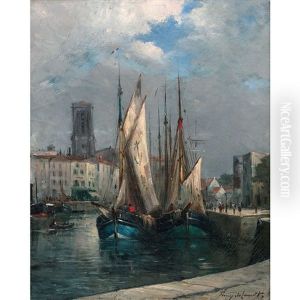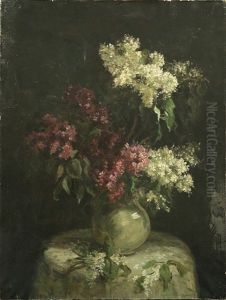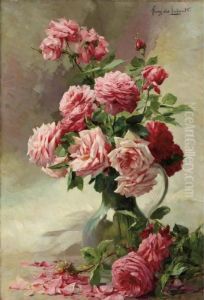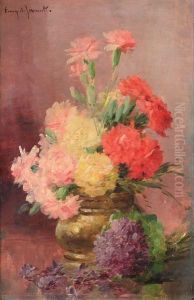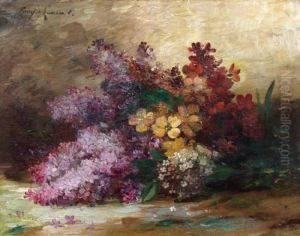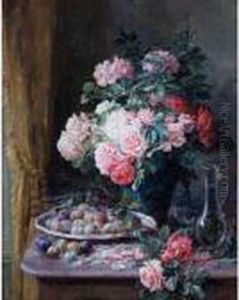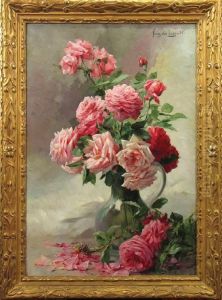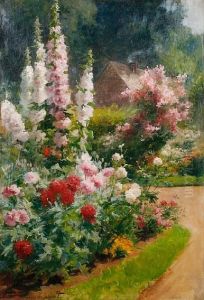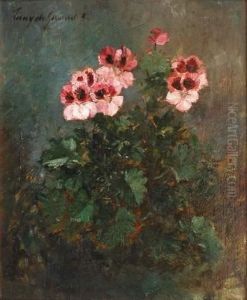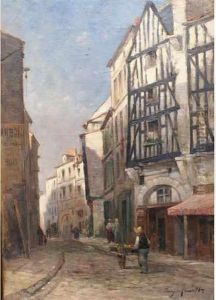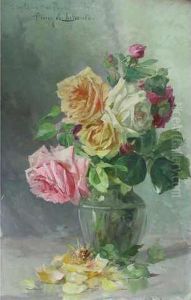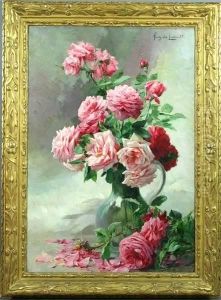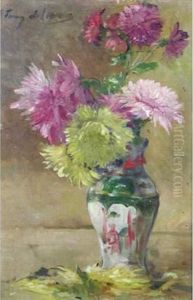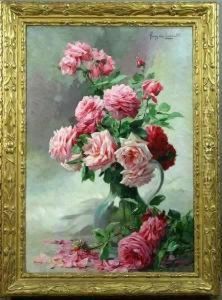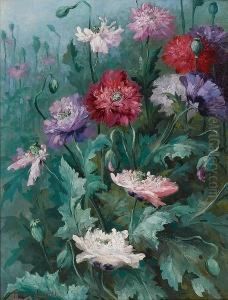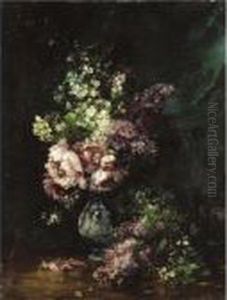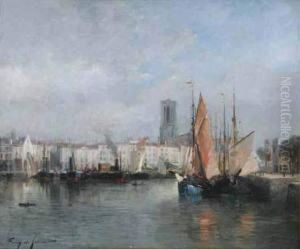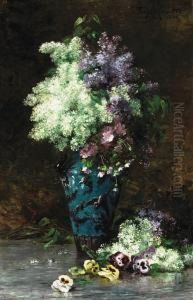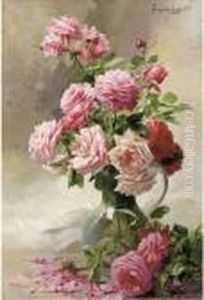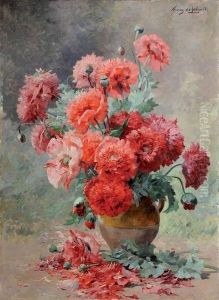Albert Tibule Furcy De Lavault Paintings
Albert Tibule Furcy de Lavault was a notable French painter born on October 9, 1847, in Boismorand, France. He is recognized primarily for his still-life paintings, which often depicted flowers with a rich and meticulous attention to detail and color. Furcy de Lavault's work is characteristic of the 19th-century French tradition of still life, featuring compositions that are both vibrant and delicate.
His artistic journey began with an education in the arts, which allowed him to develop the skills necessary for his later work. During his lifetime, he exhibited at the Paris Salon, an annual exhibition that was the official art exhibition of the Académie des Beaux-Arts in Paris. This platform was significant for artists of the time as it provided them with an opportunity to showcase their work to a wider audience and gain recognition.
The late 19th century was a period of transformation in the arts, with the Impressionist movement gaining momentum. However, Furcy de Lavault remained dedicated to the traditional style of still-life painting, diverging from the path taken by many of his contemporaries who were experimenting with new techniques and perspectives.
Furcy de Lavault's paintings are often noted for their realism and the artist's ability to capture the texture and nuances of the flowers he painted. He had a particular talent for depicting the interplay of light and shadow, which brought a sense of depth and life to his compositions.
Although not as widely known as some of his contemporaries, Furcy de Lavault's work has been appreciated by collectors and art connoisseurs, especially those with an interest in the classical still-life genre. His paintings can be found in private collections and occasionally appear in auctions where they are valued for their beauty and traditional craftsmanship.
Albert Tibule Furcy de Lavault passed away on December 27, 1915, in Saint-Martin-de-Sanzay, France. His legacy lives on through his art, which continues to be studied and admired for its contribution to the French still-life tradition.
